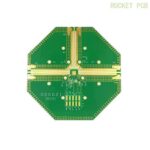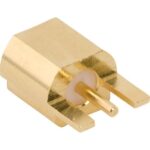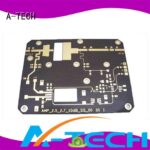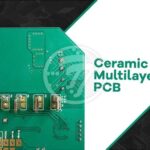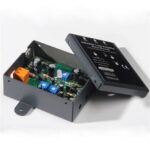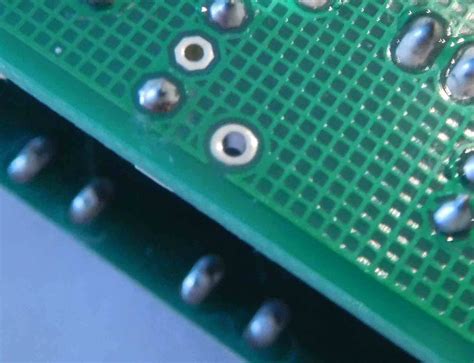
ALL ABOUT FLEX PCB
-
How to Remove Solder from a Circuit Board Hole
Posted by
–
 Read more: How to Remove Solder from a Circuit Board Hole
Read more: How to Remove Solder from a Circuit Board HoleIntroduction to Desoldering Desoldering is the process of removing solder and components from a printed circuit board (PCB). It is an essential skill for anyone involved in electronics repair, modification, or prototyping. One of the most common desoldering tasks is removing solder from a circuit board hole, also known as […]
-
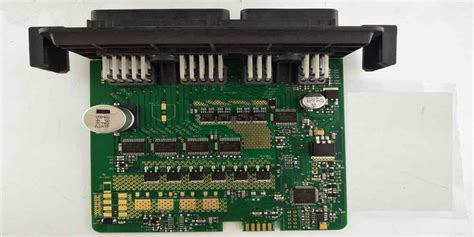 Read more: Automotive Printed Circuit Boards – 2024 Update Newest
Read more: Automotive Printed Circuit Boards – 2024 Update NewestIntroduction to Automotive PCBs Automotive Printed Circuit Boards (PCBs) are an essential component in modern vehicles, enabling the integration of sophisticated electronic systems that enhance safety, performance, and user experience. As the automotive industry continues to evolve, with a growing emphasis on electric vehicles (EVs), autonomous driving, and connected car […]
-
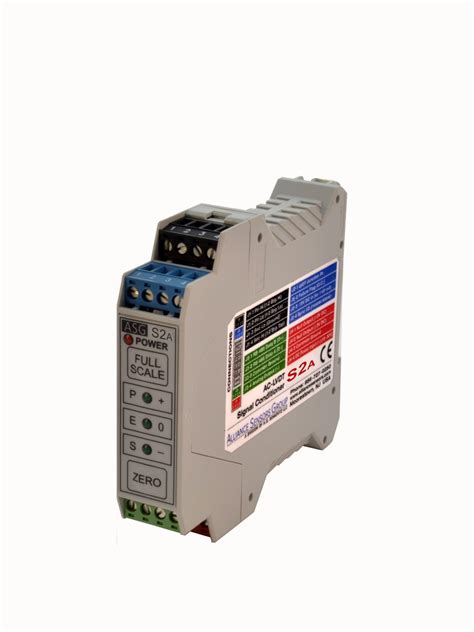 Read more: PCB Piezotronics offers signal conditioner for DC sensors
Read more: PCB Piezotronics offers signal conditioner for DC sensorsPCB Signal Conditioner Provides Versatile Solution for DC Sensor Measurements PCB Piezotronics, a leading manufacturer of sensors and instrumentation, has introduced a new signal conditioner designed specifically for use with DC-output sensors. The PCB Signal Conditioner Model 682A05 provides a versatile solution for amplifying and conditioning the output of various […]
-
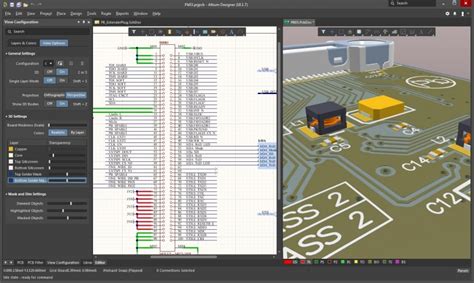 Read more: Top 9 Best Free PCB Design Software – An Ultimate Guide
Read more: Top 9 Best Free PCB Design Software – An Ultimate GuideWhy Use Free PCB Design Software? Before diving into the top free PCB design tools, let’s discuss some of the key benefits of using free software for your projects: Cost Savings – The most obvious advantage of free PCB design software is the cost savings. Commercial PCB design tools can […]
-
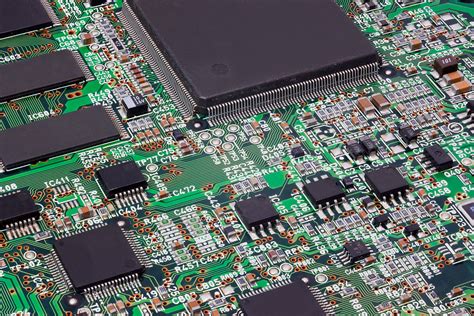 Read more: One-Stop PCB Assembly for Complex Circuits | Top EMS Solution Provider
Read more: One-Stop PCB Assembly for Complex Circuits | Top EMS Solution ProviderIntroduction to PCB Assembly PCB assembly is the process of attaching electronic components to a printed circuit board (PCB) to create a functional electronic device. It involves soldering components onto the PCB, which is a complex process that requires precision and accuracy. PCB assembly is a crucial step in the […]
-
Holiday Notice of International Workers Day
Posted by
–
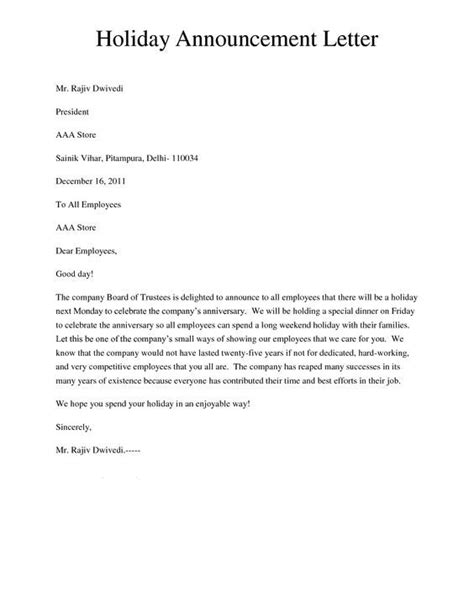 Read more: Holiday Notice of International Workers Day
Read more: Holiday Notice of International Workers DayHistory of International Workers’ Day The origins of International Workers’ Day can be traced back to the late 19th century in the United States. During this time, workers were fighting for better working conditions, fair wages, and an eight-hour workday. On May 1, 1886, a general strike was called in […]
-
Chinese Spring Festival 2019 Schedule
Posted by
–
 Read more: Chinese Spring Festival 2019 Schedule
Read more: Chinese Spring Festival 2019 ScheduleSpring Festival Schedule Overview The Spring Festival is a 15-day celebration that starts on the first day of the Lunar New Year and ends with the Lantern Festival on the 15th day. Here is an overview of the key dates and events during the 2019 Spring Festival: Date Event February […]
-
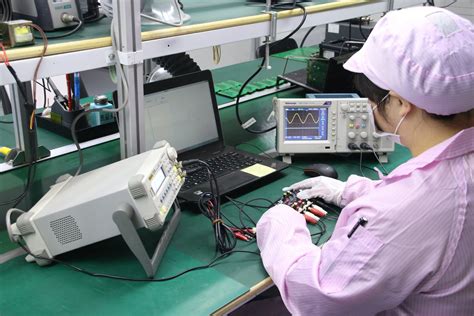 Read more: Functional Testing of PCB Assembly and PCBA FCT Costs
Read more: Functional Testing of PCB Assembly and PCBA FCT CostsWhat is PCB Assembly Testing? PCB assembly testing, also known as PCBA testing or printed circuit board assembly testing, is the process of validating that a manufactured PCB functions as intended according to its design specifications. The goal is to identify any defects or issues with the assembLED PCB before […]
-
 Read more: Buy Electronic Components Online China – No MOQ with BOM
Read more: Buy Electronic Components Online China – No MOQ with BOMWhat is a Bill of Materials (BOM)? A bill of materials, commonly referred to as a BOM, is a comprehensive list of all the raw materials, sub-assemblies, intermediate assemblies, sub-components, parts, and quantities of each needed to manufacture a product. It serves as a centralized source of information that helps […]
-
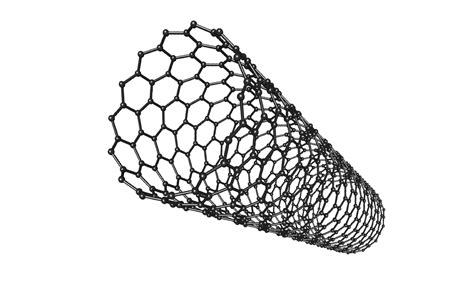 Read more: Carbon Nanotube Material Used in PCB—New Technology
Read more: Carbon Nanotube Material Used in PCB—New TechnologyIntroduction to Carbon Nanotube PCBs Carbon nanotubes (CNTs) are an advanced material that is finding increasing use in the manufacture of printed circuit boards (PCBs). CNTs consist of sheets of graphene rolled into nanoscale tubes. They possess a number of remarkable properties, including: Extremely high tensile strength (up to 100 […]
